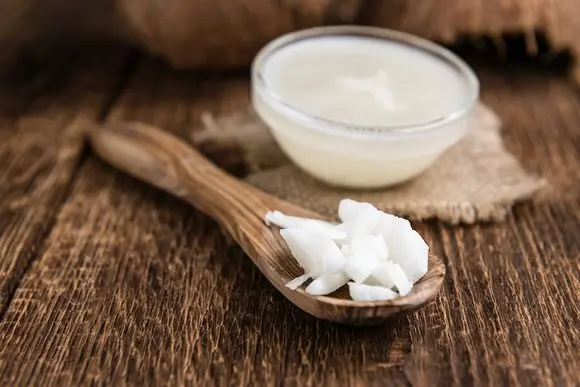Contents
*Overview of the best according to the editors of Healthy Food Near Me. About selection criteria. This material is subjective, is not an advertisement and does not serve as a guide to the purchase. Before buying, you need to consult with a specialist.
It is not always convenient to paint surfaces, and sometimes the paint gets where it is not needed. Spots on the windows are especially unpleasant – they not only look unaesthetic, but also prevent sunlight from entering the house. We will tell you how to clean glass from paint, and in several ways.
Removing paint from glass with a solvent
There are many types of solvents and special paint removers, all with their pros and cons. Many products are toxic, have an unpleasant odor and can cause skin burns. But, if you use them carefully, they will be great helpers.
First, decide which type of solvent is right for you. Cellulose paint thinner is generally good at removing any paint. Acetone is best for enamel. To remove acrylic compounds, you can use alcohol, such as vodka.
When using solvents, always read and follow the manufacturer’s instructions. Make sure the room you are working in is well ventilated as solvent fumes can make you dizzy.
After a successful cleaning, wash the glass to avoid streaks.
Wear rubber gloves when working and protect the painted surface from solvent ingress, otherwise the paint will begin to peel off.
How to remove paint from glass with vinegar
If you don’t want or can’t use commercial solvent, you can make your own cleaning solution:
Take a saucepan and boil water and table vinegar in it in a ratio of 1 to 1. Use rubber gloves to protect your hands.
Let the vinegar solution cool to avoid burning your hands. Have a clean rag or towel ready.
Dip a washcloth in the warm solution and rub it on the stain. The paint should begin to soften and come off. After that, you need to rub hard enough to completely get rid of the stain, but be careful not to damage the glass.
Once the paint is removed, use glass cleaner and a dry cloth to clean the glass. You can also use old newspaper – it leaves less streaks.
If you need to pry off a stain of paint, use a bank card or a scraper for hobs – with them the risk of scratching the glass becomes minimal.
Folk ways
You can remove paint from glass with ordinary oil. However, this method is not well suited for surfaces that cannot be positioned horizontally (for example, windows):
Apply sunflower oil to the surface of the stain and leave for several hours.
Carefully collect the oil with a sponge so as not to smear it on the glass.
Clean off the residue with a baking soda paste.
Wash the glass as usual to avoid streaks.
There is an unusual and effective way to remove paint with foil. It is well suited for old stains:
Cover the stained area with foil
Heat the sheet with an iron or hair dryer. Under the influence of high temperature, the main part of the stain should be on the foil.
Remove paint residues with an available detergent composition.
Be careful when heating the glass – it may break due to overheating.
Removing stubborn stains with a blade
When working with the blade, be careful not to cut yourself. If possible, use a hob scraper – it is more convenient to use. The risk of scratching the glass with such a device is minimal. You will need not only a blade, but also some household chemicals:
Prepare a cleaning solution by diluting 2 tablespoons of dishwashing detergent in a bucket of warm water. Put it next to a window.
Apply the solution to the stain with a rag or sponge. This will help prevent scratches from the blade.
Remove paint with a blade. To begin, press the blade at a 45-degree angle against the window glass. Slowly and carefully move the blade in one direction across the glass. Continue peeling off the paint until it is completely gone. Do not change the direction of travel to avoid damaging the glass. If the paint starts to dry out, add more soapy water as you work. If you don’t have a blade, you can use a sharp utility knife.
Rub the glass to avoid streaks. Remove excess water and wash the window with glass cleaner and old newspapers.
A bank (or any other plastic) card will not work in this case – it will not be able to “pry” the paint stain enough.
Useful Tips
To avoid a similar problem in the future, use masking tape. They need to seal the glass when working with paint.
Resort to blade removal only as a last resort. There is a high chance that the glass will be scratched in the process.
Before proceeding with the treatment of window glass with a solvent, protect the painted frame with polyethylene or masking tape.
Attention! This material is subjective, is not an advertisement and does not serve as a guide to the purchase. Before buying, you need to consult with a specialist.










